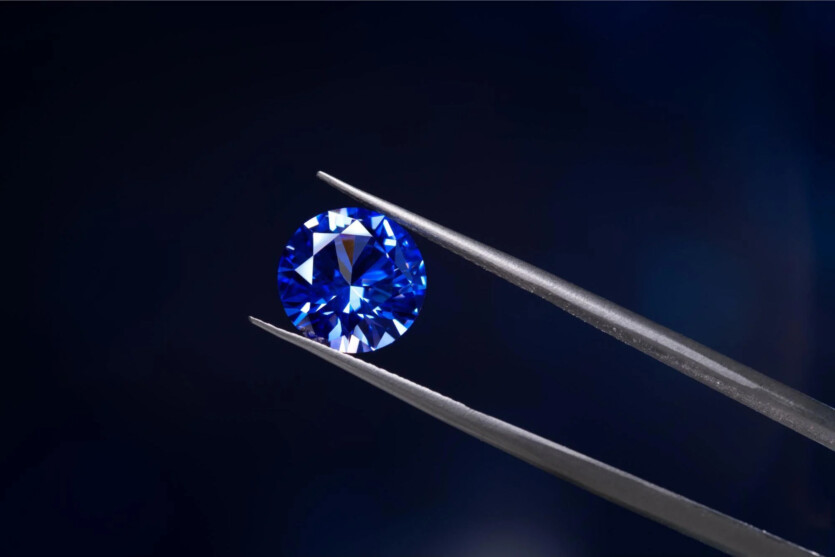Developers from the University of Texas at Austin have created new nanostructures sapphire-based, impervious to dust, glare and fogging, while remaining durable.
The surfaces created on the basis of this nanomaterial can be used to produce smartphone screens, glasses and windshields for cars. Developers have applied advanced technologies to give sapphire extraordinary capabilities. The high hardness of this gem makes it almost invulnerable to scratches.
«Sapphire is a highly valuable material due to its hardness and many other useful properties. But the same properties also make it difficult to produce on a small scale», — explains Chih-Hao Chang, professor at the Volker School of Mechanical Engineering and lead researcher of the project.
Chang, along with other scientists from his own team, are looking to alleviate the problem use of materials based on sapphire using new nanostructures. Their developments include giving unique properties to this material without losing its stiffness and hardness. At the same time, the researchers admit that the nanomaterials they have developed are not as scratch-resistant as traditional sapphire, but rather comparable to tungsten or glass in this regard, and they are able to prevent the formation of water condensation, dust and glare through self-cleaning.

Conical profile of nanostructures was inspired by the eye of a butterfly. It improves light transmission and reduces glare. The high surface energy and appropriate aspect ratio of the nanostructures create a hydrophilic surface that prevents fogging. These structures can also be processed in such a way that water droplets roll off the surface, leaving almost no trace.
The technology can be used in smartphones, making it much easier to control the screen in reading mode in difficult lighting conditions. This material can also be used to create lenses and glass for windows that do not fog up, cameras that do not glare, and durable windshields for cars.
In addition these nanostructures can be used in spacecraft and equipment that are vulnerable to alien dust during landing.
«Our self-cleaning sapphire surfaces can maintain 98.7% dust-free areas using gravity alone. This is a significant improvement over existing dust prevention technologies, and it is particularly useful for applications in space where water is not available for cleaning», — explains student Andrew Tunell, who has been involved in dust adhesion experiments.
In the future, the developers have plans to actually apply their technology and improve it in several ways. They are expanding production to apply these nanostructures to larger samples, improving mechanical and chemical properties.
Scientists create super-strong material inspired by sea sponge
The results of the study were published in the journal Materials Horizons
Source: SciTechDaily
